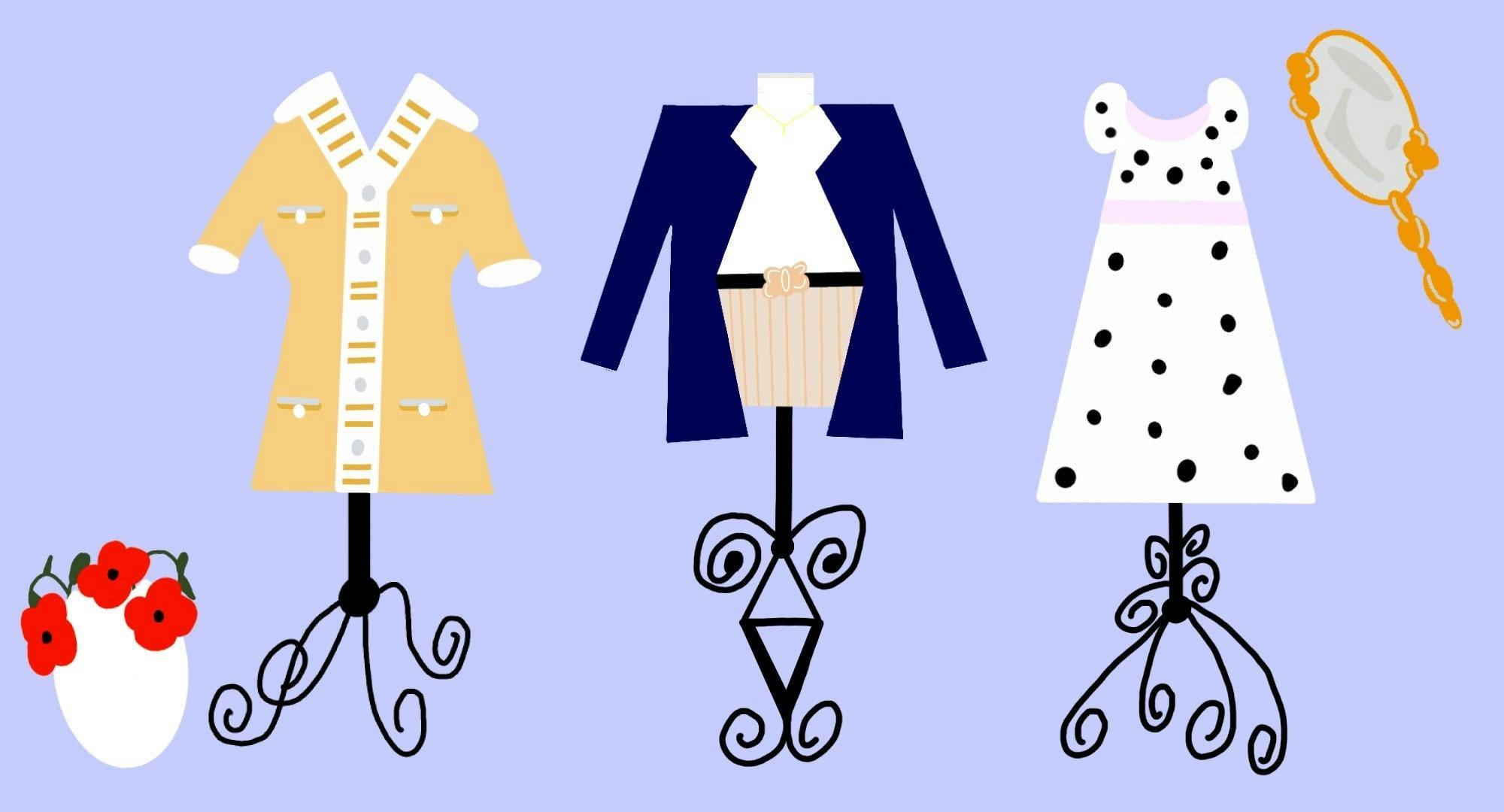TikTok has given way to many fashion and lifestyle crazes: slicked back ponytails, neutral colors, light makeup. But come May of this year, the popular app became filled with a new trend: the “old money” aesthetic.
Typically characterized by expensive vintage brands, modest clothing and light features, the aesthetic became particularly popular when influencer and "nepo baby" Sofia Richie had a lavish, publicized wedding.
Richie, daughter of famous singer Lionel Richie, blew up on the app after videos and photos of her wedding came out. To reflect her "classic" and conservative style evolution, many TikTok accounts began posting “old money” and “trophy wife” lookbooks, which featured fashion designs like dress pants, formal clothing and high necklines - looks that are more conservative than previously trending styles, like corset tops or tight leather pants.
Michigan State University human biology senior Tahnia Quadri said seeing modest fashion become trendy feels bittersweet.
As a Muslim woman, Quadri said, she was excited by the idea of modest style becoming a trend, but also frustrated because people would make fun of her for dressing that way. Quadri said that growing up, dressing was always tough for her, especially during the summer, when many people would show skin and shoot her weird looks for covering up.
“It was never a positive reaction of me covering myself," Quadri said. "There’s like a stigma against Muslims that cover that much, and to now see it and be like ‘oh my god ... it’s so old money, it looks cool, here’s how to dress like that,’ it’s a little frustrating."
Quadri said that trends are generally catered towards white audiences.
"All these white girls show how to (dress) when it was something that was part of our culture (and) religion for so much longer," she said. "We've dealt with a negative reaction or stigma towards it. Seeing that now in my TikTok feed definitely leaves me with conflicting feelings.”
One TikTok user posted a video with the text, "thank you Sofia Richie, Muslim girls can dress modestly in peace now." Immediately, the video's comment section was filled with heavy debate.
“It’s a double standard, when Muslim women did it we were oppressed, but when she does it, it’s elegant and chic,” one comment read.
"Maybe stores will finally start selling modest clothing,” another user commented.
But the "old money" aesthetic doesn't mark the first time a trend has involved white audiences popularizing things that people of color have have been previously degraded for. One example is the "clean girl" aesthetic that still dominates TikTok.
Quadri said the clean girl aesthetic, which features slicked back, oiled hair styles and glowy skin, is something she was made fun of for in the past.
“When I would oil my hair ... (or) not wear makeup in middle school just because I wasn’t allowed to in an ethnic household, that was something that I was made fun of for,” Quadri said. “But then suddenly ... with that clean girl aesthetic, people wanted to look like they weren’t wearing makeup and have that sleek hair look.”
When people of color do it, Quadri said, it's considered comical or weird. The minute a popular white creator refers to it as classy and elegant, however, it completley changes everyone's viewpoint, she said.
Marketing freshman Rapia Mehmood said she approaches the old money aeshetic from two sides.
“I see it as both a good thing and (something) I'm disappointed in too," Mehmood said. "It kind of feels like people are accepting that modesty is not just for Muslims, and it gives them a better understanding of why we dress modestly."
However, Mehmood said, it also felt as though people had completley forgotten the criticism they gave Muslim women for dressing modestly.
“They just forget about ... how we were treated for dressing modestly," Mehmood said. "They just say 'you're being too sensitive and you’re being too dramatic,’ like it never happened or it doesn’t matter anymore."
Elementary education sophomore Hayden Braun said the old money aesthetic is a prime example of social media constantly flipping the switch on what's "in" and "out."
Support student media!
Please consider donating to The State News and help fund the future of journalism.
“In social media, things just change on the dime, and with this new trend it’s just very interesting because what was once kind of frowned upon is now being framed as this new trend,” Braun said. “I think that calling this a ‘new trend’ is a little bit disrespectful instead of just paying homage to those who have been doing it for years.”
Quadri reflected on how people would refer to her choice to dress modestly as “oppression." From this trend, she said, she hopes people can realize that dressing modestly can be quite empowering.
“For me personally, it’s my comfort level, and it’s really hard to always see that criticized in the media," Quadri said. "Even now with it trending, Muslim women still aren’t given the space to properly cover up ... This isn’t just about Muslim woman, it’s about any woman that wants to cover up just for their own personal comfort level,” she said.
Discussion
Share and discuss “Students discuss 'old money' aesthetic, cultural appropriation” on social media.






